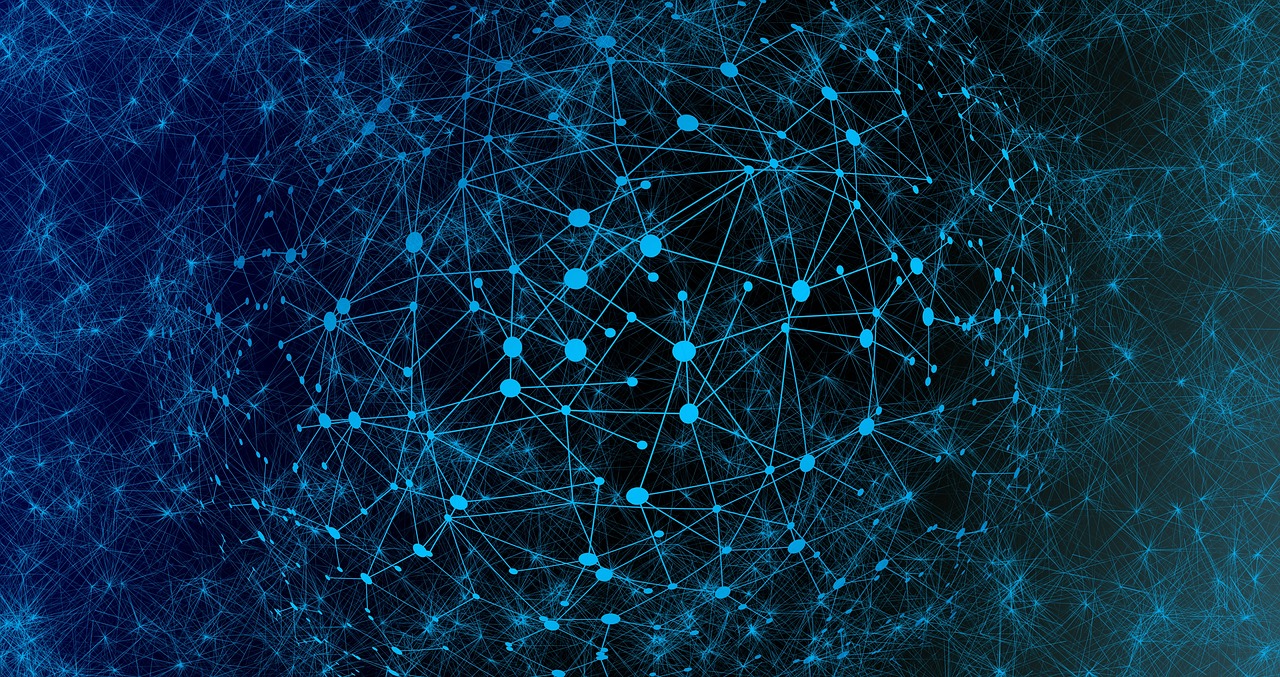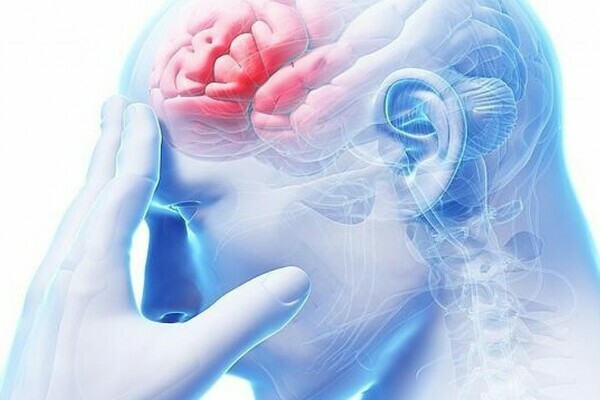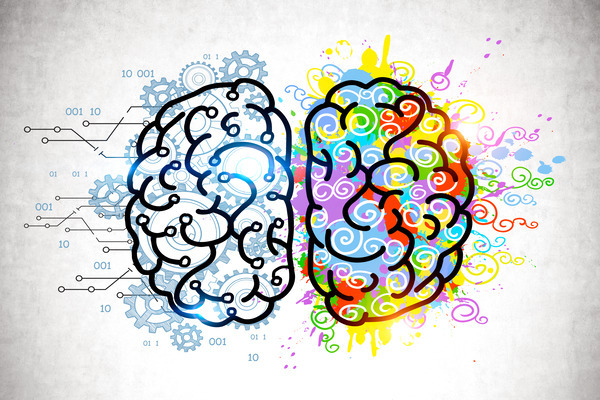July 22 was World Brain Day. This event is celebrated every year and is an event that was proclaimed by the World Federation of Neurology (WFN). It has been celebrated since 2014.
The brain is one of the main organs of our body, it is the one that gives us identity, cognition and allows us to understand the world in which we live.
The brain also allows us to:
- Being able to solve complex problems.
- Perceive our environment and orient ourselves in it.
- It makes it easier for us to remember the moments we have lived.
- Communicate and dialogue with other people.
- Being able to coordinate movements.
- Pay attention to the stimuli that surround us.
- Take decisions.
You probably know what the brain is, but you may not know some of its most interesting curiosities.
1. The brain does not feel pain
In our body we have pain receptors called nociceptors, thanks to which we feel pain. But it has been shown in numerous studies that Our brain does not have those receptors, so it is immune to pain
However, the tissues that surround our brain do have these receptors, so they do feel pain. This means that in neurosurgery the patient can be awake and alert, applying only local anesthesia to certain areas surrounding the brain.
2. The brain is made up of almost 80% water
Both our brain and our body are composed mostly of water. This is very important because it indicates that it also needs to hydrate in order to function properly.
In summer, after playing sports or when you are doing a complex mental activity, always have water nearby. If the brain is dehydrated, it is not able to efficiently perform tasks that require the use of executive functions, attention or language.
3. Our brain works as a network
The belief that different parts of the brain are responsible for different brain areas is not entirely wrong, since when there is a brain injury in a specific area of the brain, it causes a certain functional alteration.
However, neuroscientists have been able to observe through neuroimaging techniques that our brain acts in nodal networks Although it is true that when an injury occurs, it has a direct functional impact, in rehabilitation processes it has been seen and proven that the brain is capable of putting into practice compensation techniques, assuming other non-injured areas, the function assigned to the injured area. .
On the other hand, When we execute a task, not only a part is activated, but an entire network of neurons in our brain is activated since for a single task we need different cognitive domains in action.
4. Decisions are made in the forehead

Decision making is associated with executive functions, that is, the cognitive domain responsible for solving complex problems. Well then, It has been shown that the prefrontal lobe located in the front part of the brain is responsible for activating our executive system.
Our prefrontal part, which is close to our forehead, is responsible for functions such as decision making, emotional management, planning and organization, cognitive flexibility and working memory, among many other functions.
5. Our brain processes images in thousandths of seconds
Everything we see around us is processed by our brain quickly.
When the visual receptors in our retina are activated, this information is sent to our brain. However, what we really see are nothing more than thousands of images that our brain subsequently analyzes and interprets. It is like if our brain were the creator of the movie of our lives by processing numerous images
Bibliography
Feldman, L. The secret life of the brain. How emotions are constructed. Ed: Paidós. 2018.
DeFelipe, J. The brain. National Geographic. Ed: RBA. 2017.
Web resources
https://www.muyinteresante.es/salud/articulo/el-cerebro-humano-procesa-las-imagenes-en-solo-13-milesimas-de- Segundo-101389808233
https://lamenteesmaravillosa.com/por-que-el-cerebro-no-siente-dolor/









